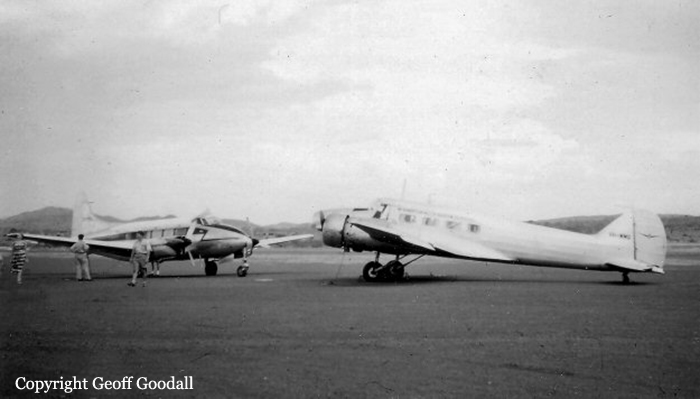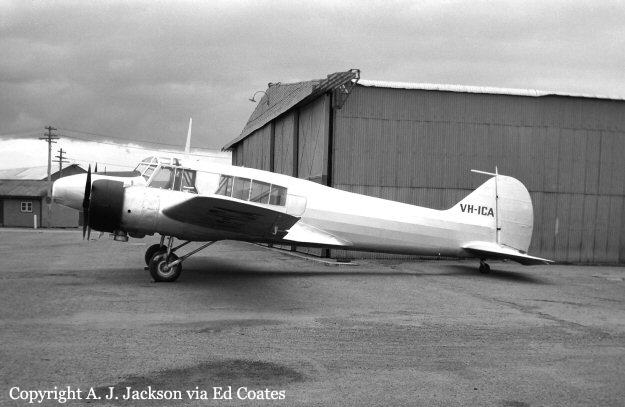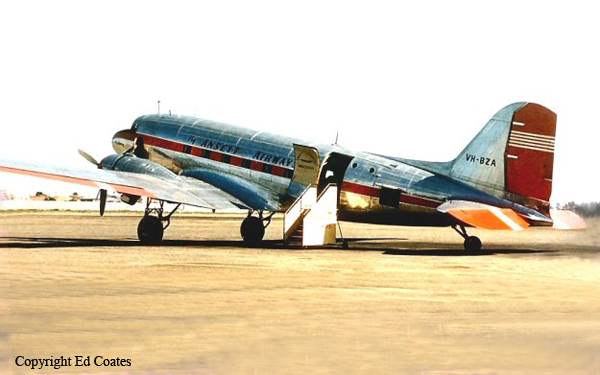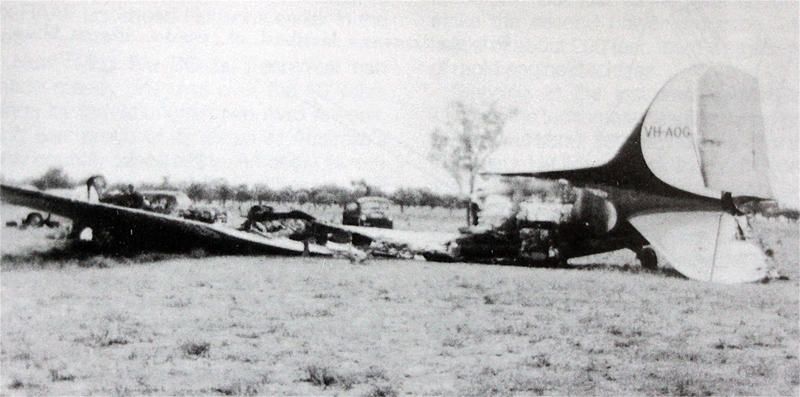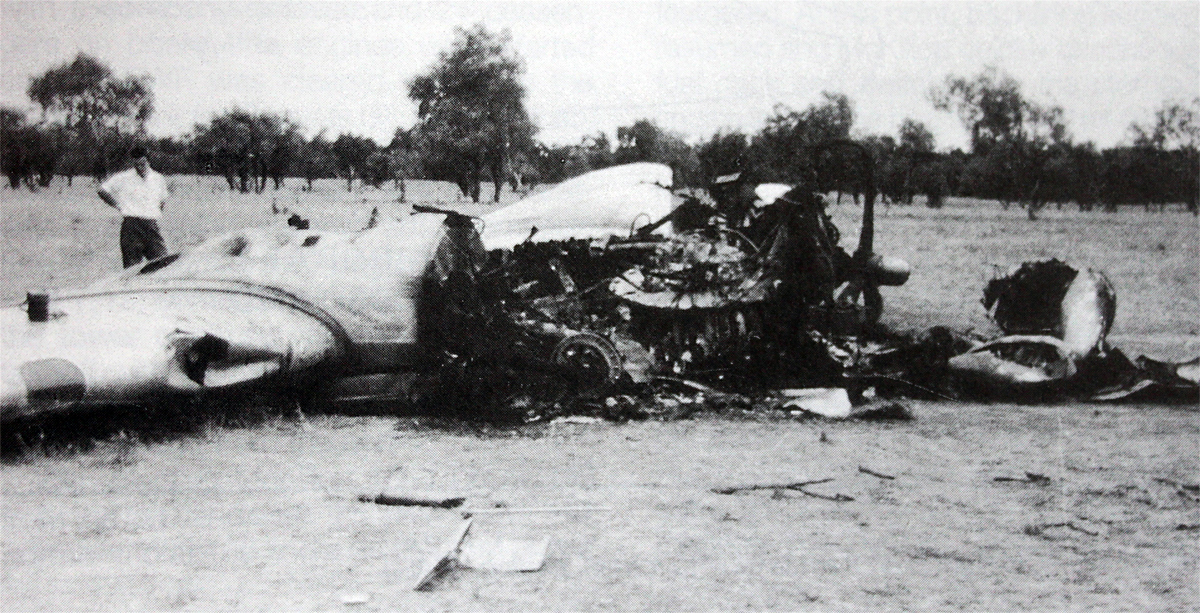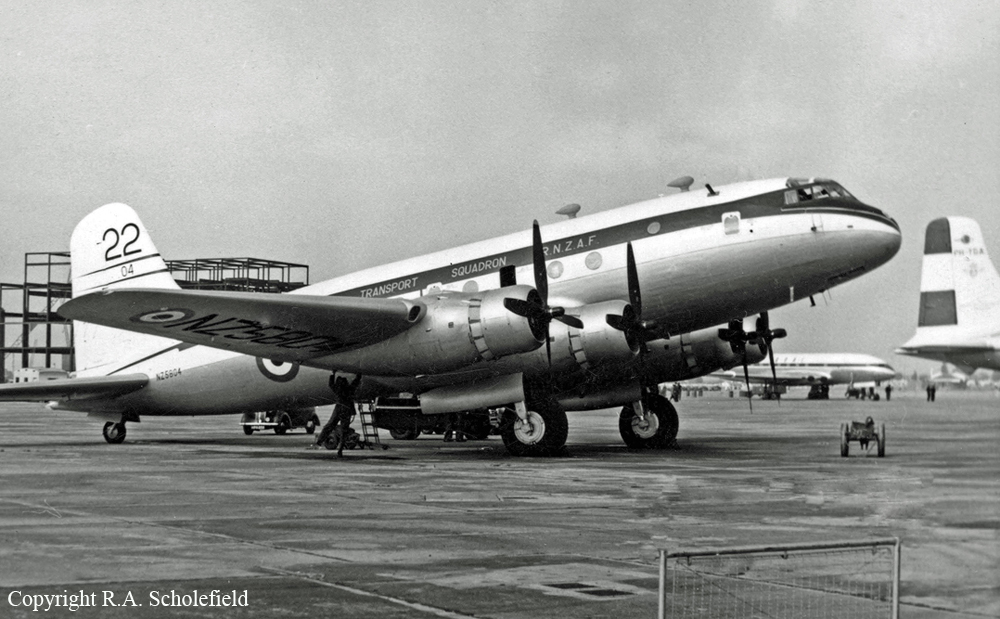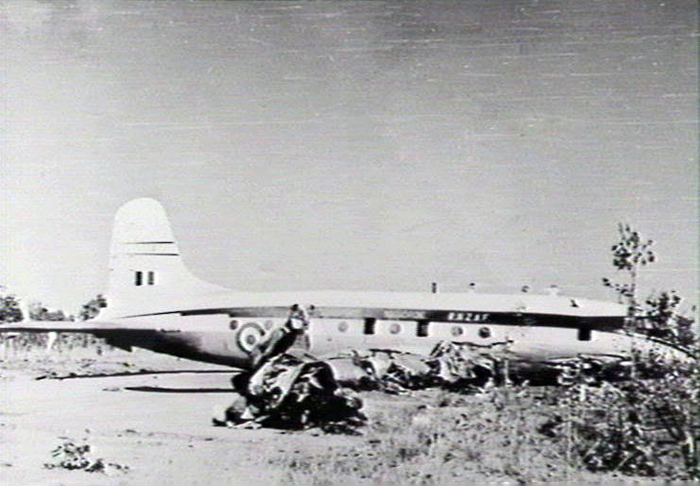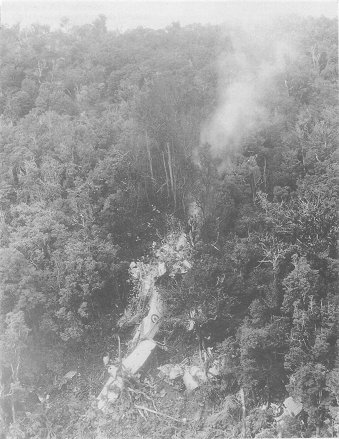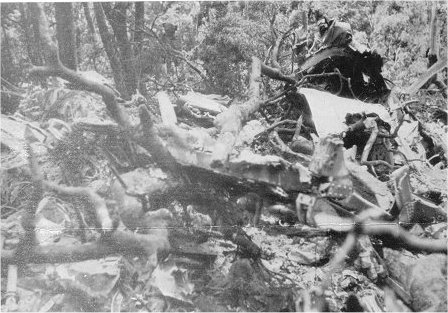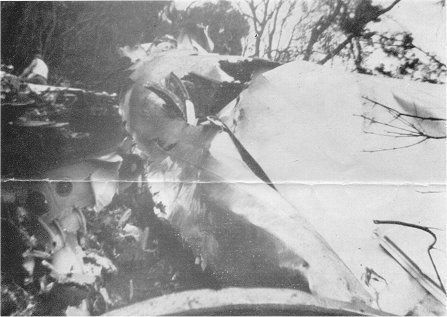Crash of an Avro 652A Anson in King Leopold Ranges: 5 killed
Date & Time:
Feb 4, 1956 at 1900 LT
Registration:
VH-MMG
Survivors:
No
Schedule:
Tablelands – Derby
Crew on board:
1
Crew fatalities:
Pax on board:
4
Pax fatalities:
Other fatalities:
Total fatalities:
5
Circumstances:
The aircraft was performing an ambulance flight from Tablelands to Derby, carrying a young ill child, his father, two nurses and one pilot on behalf of the Royal Flying Doctor Service. Enroute, weather conditions worsened and the pilot encountered thunderstorm activity with turbulences when control was lost. The aircraft crashed on the Hawkstone Peak located in the King Leopold Ranges. As the airplane failed to arrive in Derby, SAR operations were conducted but the wreckage was found three weeks later only. All five occupants were killed.
Crew:
Cpt Pieter van Emmerick.
Passengers:
Sister Frances Day, nurse,
Sister Helen Newman, nurse,
one patient and his father.
Crew:
Cpt Pieter van Emmerick.
Passengers:
Sister Frances Day, nurse,
Sister Helen Newman, nurse,
one patient and his father.
